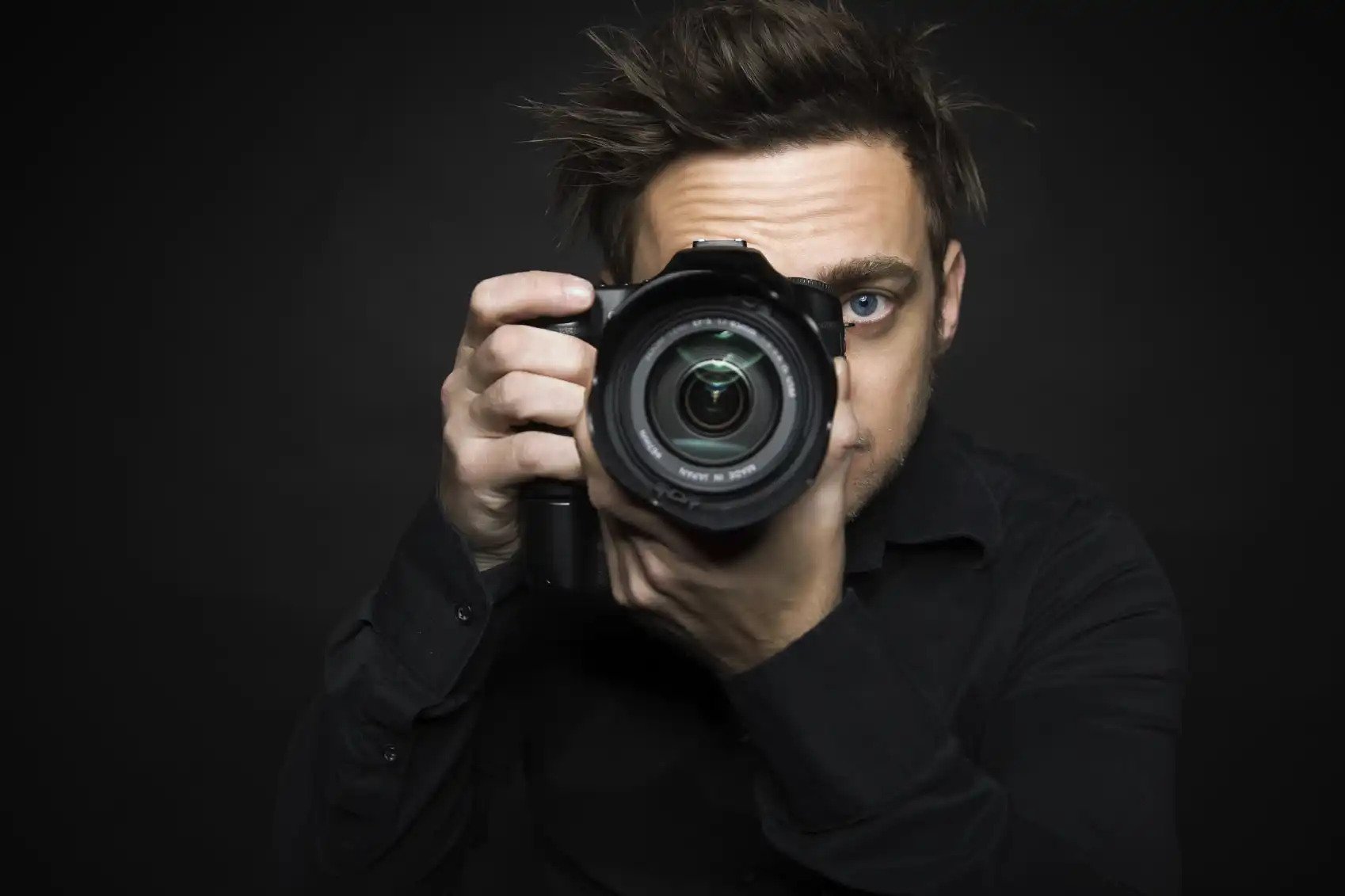Articles

3 Things Pro Photographers Do That Beginners Probably Don’t
Photography Talk
If you’re a novice or beginner photographer, you probably look at your photos, then look at photos taken by a pro, and think, “geez, their photo is way better.” While there are many reasons why professionals take better photos - time, practice, patience, and training, among them - there are other, more subtle things they do that help them create photos that really stand out. We’ve put together three of these pro-level practices that you can start working on right now, today!
{module Google 728x90}
Keep It Clean

One reason pros create better photos is that they take good care of their gear - really, really good care. After all, their cameras, lenses, and other photography items are essential for them to make a living, so it makes sense that they allot the time needed to keep them in good working order. Many pros take time after every shoot to clean their cameras and lenses and service their other equipment like tripods and flashes. That adds up to a serious amount of time dedicated to keeping everything in tip-top shape.
For those of us that have fun taking photos but don’t rely on our cameras and lenses to make a living, setting aside that time to meticulously clean the camera’s sensor or lens glass is a bit more difficult to do. Besides, a little Photoshop work to remove those dust spots never killed anyone, right? Of course, that’s not the point. Taking the easy way out doesn’t make for a better photo, and not performing routine maintenance on your gear not only means worse photos, it means your gear will wear out more quickly. So really, taking the time to clean your photography equipment isn’t just important for taking better photos, it’s important for maintaining the integrity of your expensive gear!
Follow The Rules...And Break Them

There are lots and lots of rules in photography, and it can be easy for beginners to get a little stuck by them. The rule of thirds, for example, is probably the most universally known principle of photography. It helps bring greater balance and interest to a shot and does so without a whole lot of effort on your part.
However, if you blindly apply the rule of thirds to every shot you take, you might end up with photos that all look the same: the horizon line positioned in the bottom third of the frame or your portrait subject shifted to the left or right of center. What’s more, if you adhere to the rule of thirds at all times, you might miss out on a different (or better!) composition. Sometimes, placing the subject in the middle of the frame works really well. The point is to learn the rules of photography, but be open to breaking them as well. Photography is about being creative, so let your creativity flow!
{module cameras T4i}
Check Your Corners

In addition to being willing to break the rules, professionals also take the time to inspect the scene they’re shooting to ensure they’ve framed it in the best possible manner. Beginners, and a lot of enthusiasts and pros for that matter, can sometimes work with blinders on and not see everything that needs to be seen. A tree branch poking out of the side of a person’s head, an ugly building in the background of a wildlife shot, a giant sunspot in the middle of the frame, and things of that nature can turn a really solid image into one that’s a total flop.
Professionals avoid these and other mistakes by taking a few seconds to check the entire scene, from corner to corner. Look for distracting elements or oddities that will distract from the primary subject. Ensure that your framing is spot on and that you aren’t cropping out important details, like a person’s feet or the top of their head. Look for strange things going on in the background, from weird shadows to items that are totally out of place in the context of the image.
When it comes down to it, the journey to taking more pro-like images is all about developing a critical eye, learning the rules of photography and allowing yourself to break them, and taking the time to tend to your camera, lenses, and other gear such that they are in their top working order. Once you can master these easy tricks, you’ll be well on your way to thinking like a pro and creating images that look more professional.
{source 0}{/source}
{module Article bottom share buttons}
{module Recommended Reading}

















